Theme parks have mastered the art of sensory manipulation to transport visitors into entirely different realms. Every detail, from the architectural design to the ambient sounds, works in concert to create an immersive experience that tricks your brain into believing you’ve stepped into another world.
This sophisticated blend of technology and psychology creates the magic that keeps millions of visitors returning year after year. The constant evolution of these techniques ensures that each visit feels fresh and exciting while still maintaining the familiar comfort that guests cherish.
Sound Design
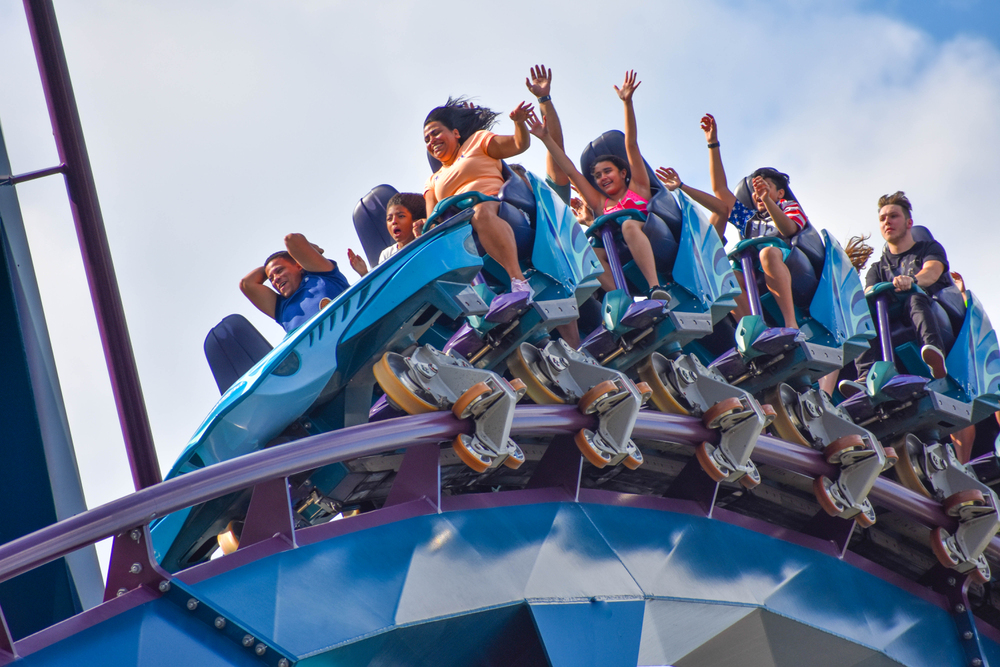
The careful orchestration of ambient noise and musical scores creates an invisible barrier between themed areas. As visitors move from one zone to another, the soundscape gradually shifts through precisely calculated overlap zones that mask outside noise. These audio transitions are so subtle that most visitors never consciously notice them, yet they profoundly impact the overall experience.
The layered approach to sound design ensures that even in crowded spaces, guests can feel immersed in their adventure.
Forced Perspective
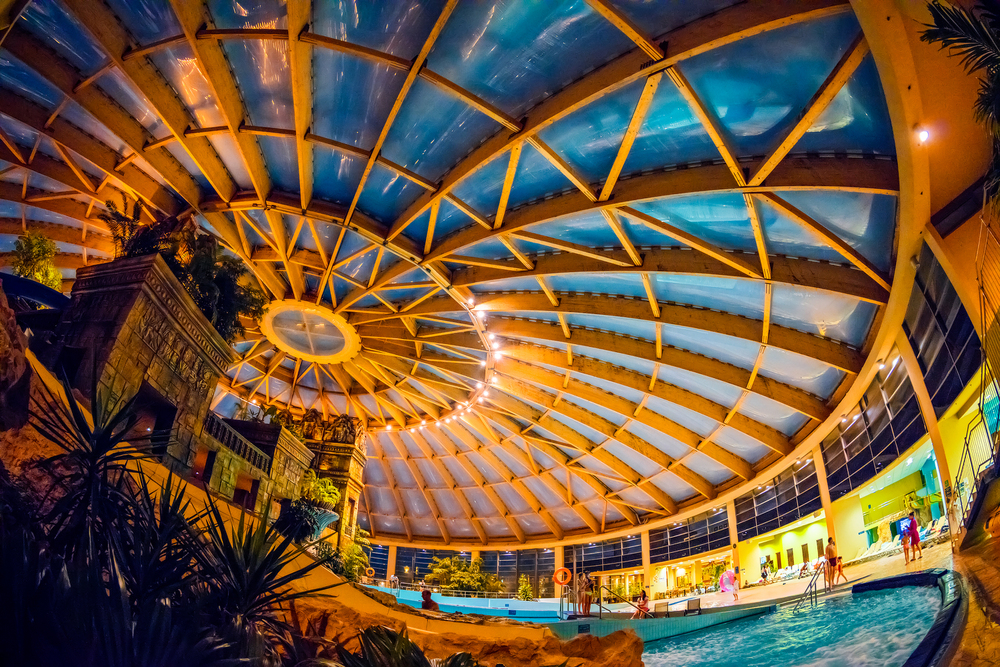
Architectural illusions make buildings appear taller and more grandiose than their actual size. The upper stories of structures are built at a smaller scale than the lower levels, while windows and details gradually decrease in size as they rise. This clever manipulation of scale tricks your eyes into perceiving impossible heights and distances.
The technique is so effective that even knowing about it doesn’t diminish its impact on spatial perception.
Like Travel Pug’s content? Follow us on MSN.
Smell Engineering
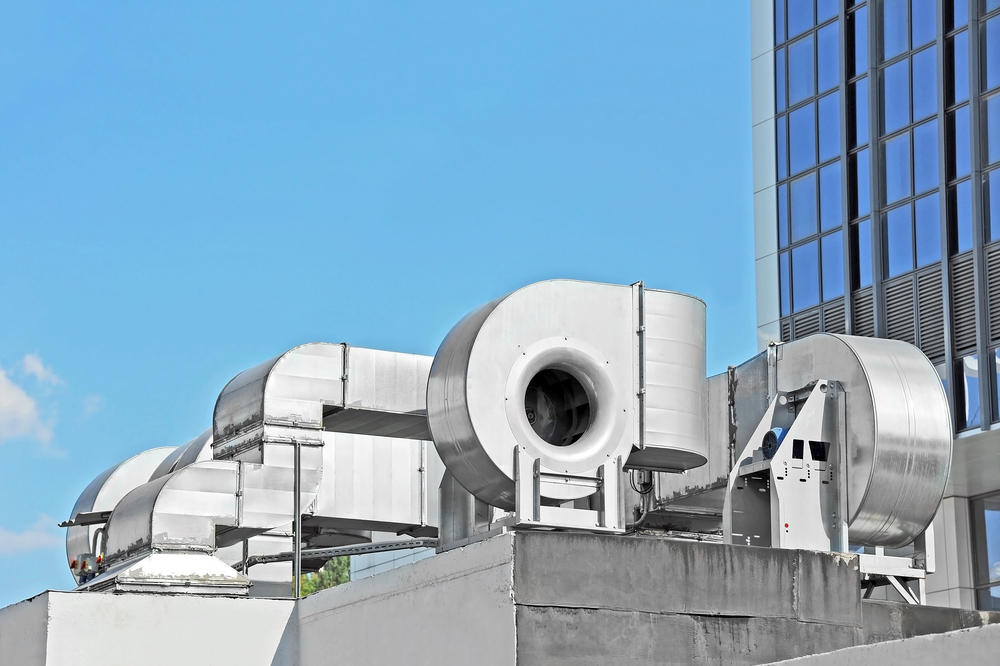
Artificial scents are strategically pumped through ventilation systems to enhance themed environments. From the sweet smell of freshly baked cookies on Main Street to the earthy aromas of a jungle adventure, these carefully crafted scents bypass your conscious mind to trigger emotional responses and memories.
The science of smell has become so sophisticated that parks can now create custom scents that perfectly match their themed environments, even for fictional worlds that don’t exist in reality.
Hidden Transitions
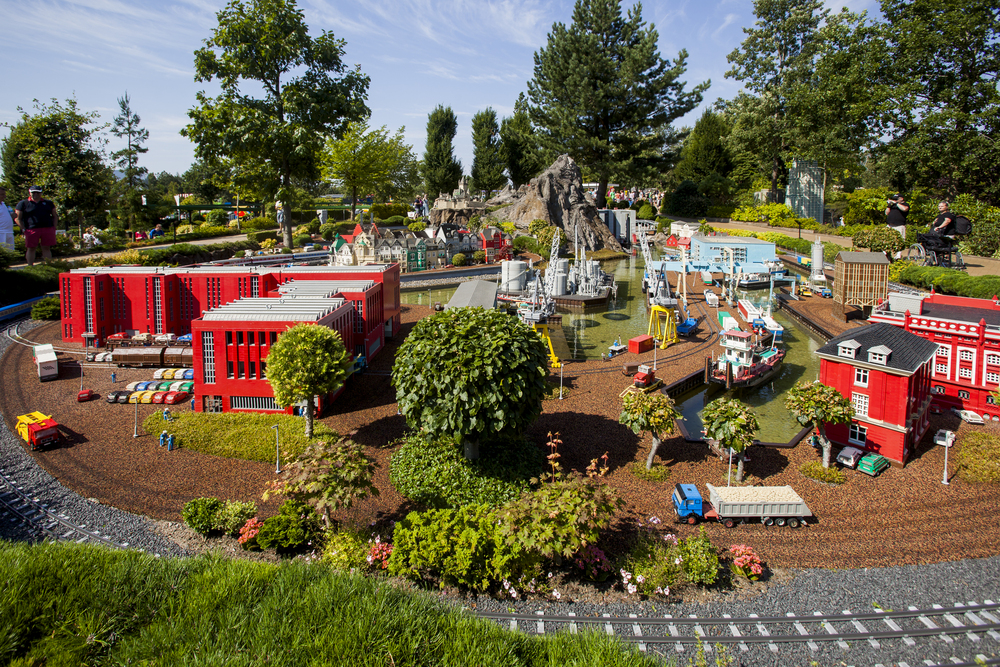
Theme parks employ carefully designed pathways and visual barriers to create seamless transitions between themed areas. Curved walkways, strategic landscaping, and subtle elevation changes prevent you from seeing multiple themes simultaneously, maintaining the illusion of separate worlds.
These transitional spaces are designed to feel natural while serving their crucial role in maintaining the park’s immersive storytelling.
Color Psychology
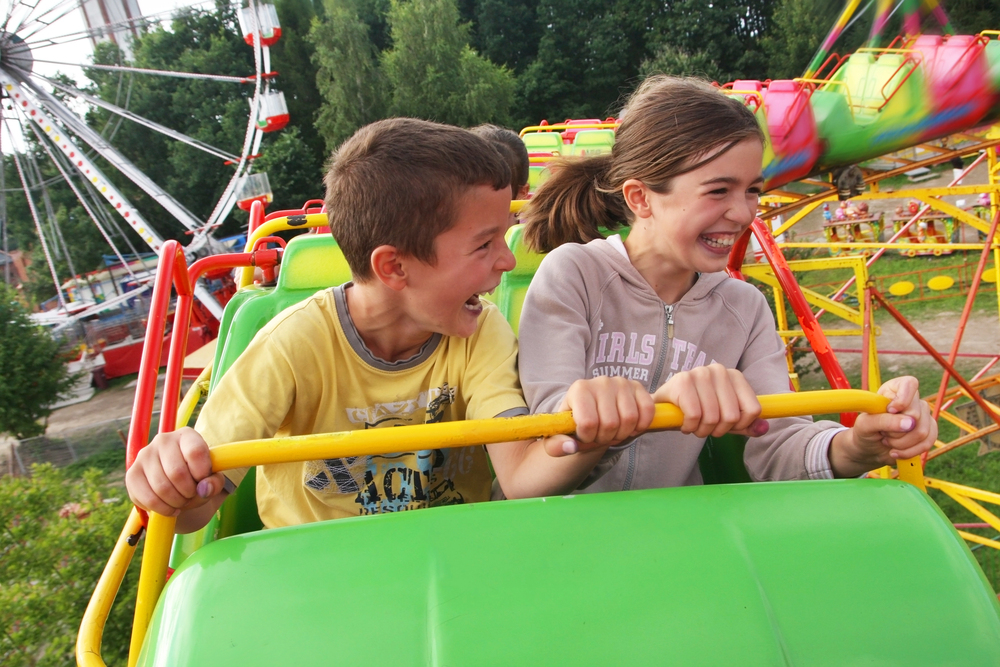
Every surface is painted using scientifically chosen color schemes that affect your emotional state. Exciting areas use vibrant reds and yellows to increase energy, while relaxation zones incorporate cooling blues and greens to calm visitors after intense experiences.
The paint formulations are designed to maintain their vibrancy despite constant exposure to sunlight and weather, ensuring the intended psychological impact remains consistent throughout the year.
Like Travel Pug’s content? Follow us on MSN.
Ground Textures
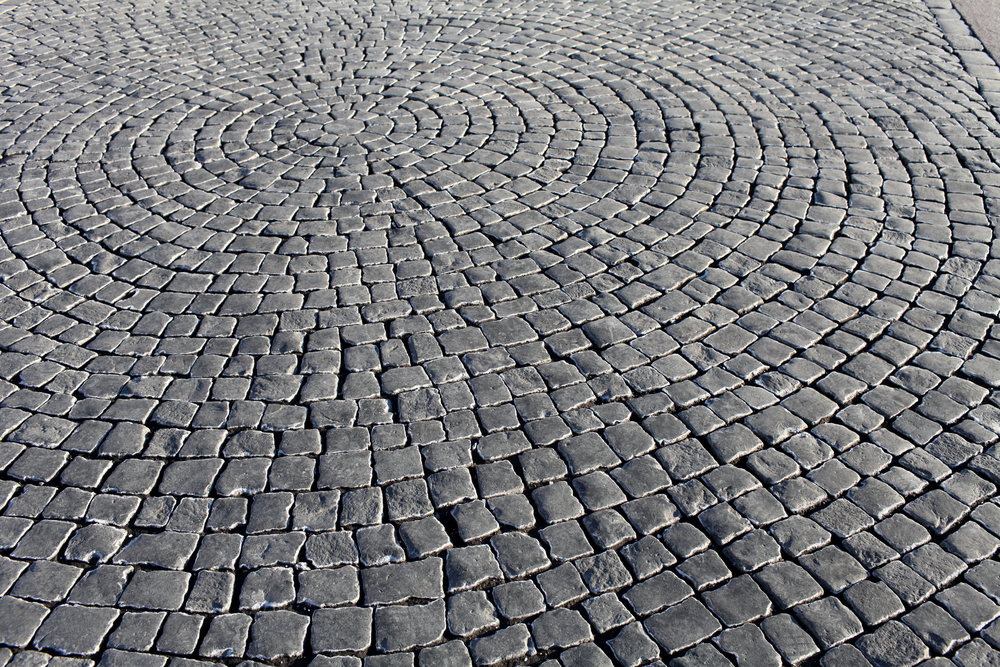
The walking surfaces beneath your feet change subtly as you move through different themed areas. These textures provide subconscious cues about your environment, from smooth cobblestones in historical zones to rough-hewn paths in adventure areas.
Each surface is also engineered to provide optimal drainage and slip resistance while maintaining its themed appearance, proving that safety and storytelling can work hand in hand.
Atmospheric Control
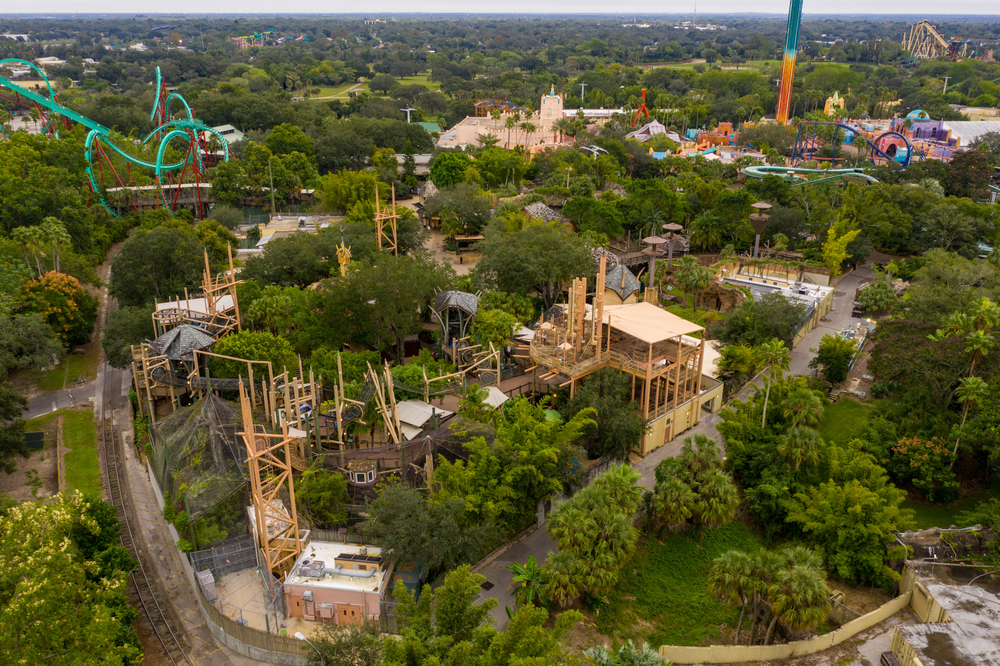
Advanced climate control systems create micro-environments within different themed areas. Temperature, humidity, and even air movement are adjusted to match the intended setting, from the cool mist of a mountain adventure to the warm breeze of a tropical paradise.
These systems are so precise that they can create the feeling of altitude changes or weather transitions within a matter of feet.
Visual Framing
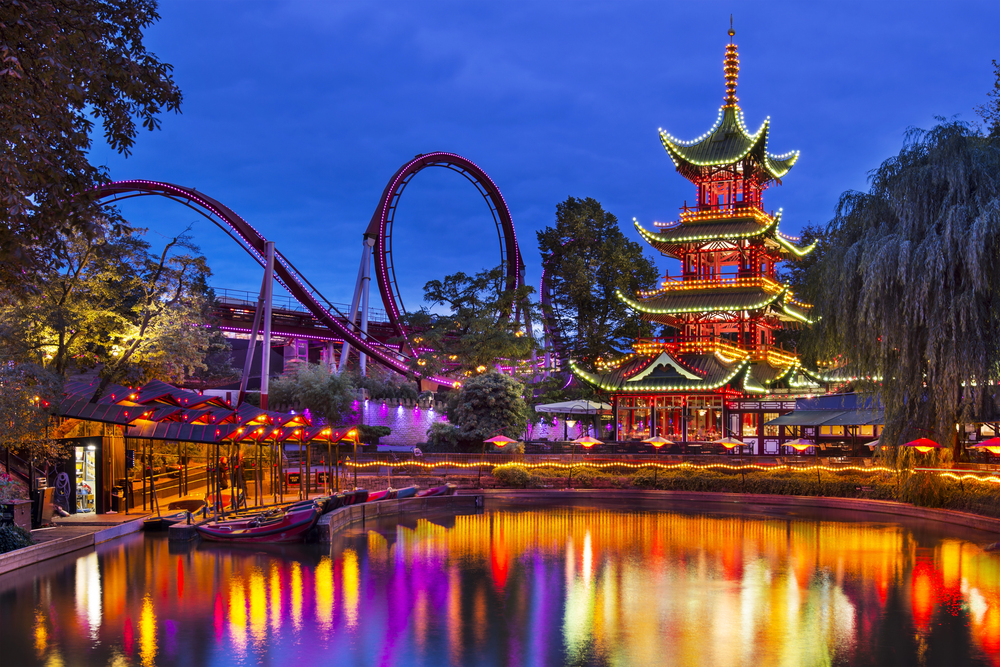
Every sight line is carefully calculated to create perfect photo opportunities and hide operational areas. Designers use trees, buildings, and other elements to frame iconic structures and create forced perspective shots in countless visitor photos. T
he positioning of these elements is regularly adjusted based on crowd flow patterns and seasonal changes in foliage to maintain optimal viewing angles throughout the year.
Like Travel Pug’s content? Follow us on MSN.
Audio Spotlighting
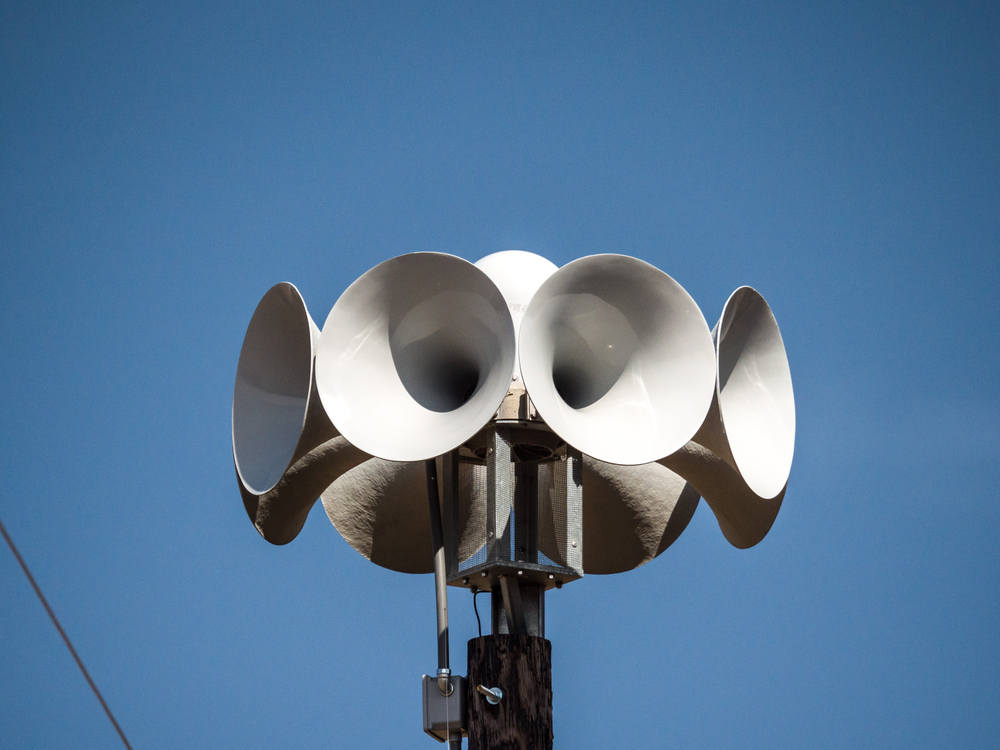
Specialized speakers direct sound with laser-like precision to specific areas. This technology allows multiple audio experiences to exist nearby without bleeding into each other, creating intimate sonic spaces within crowded environments.
The systems are so sophisticated that they can adjust their output based on ambient noise levels and crowd density to maintain the perfect audio mix.
Lighting Illusions
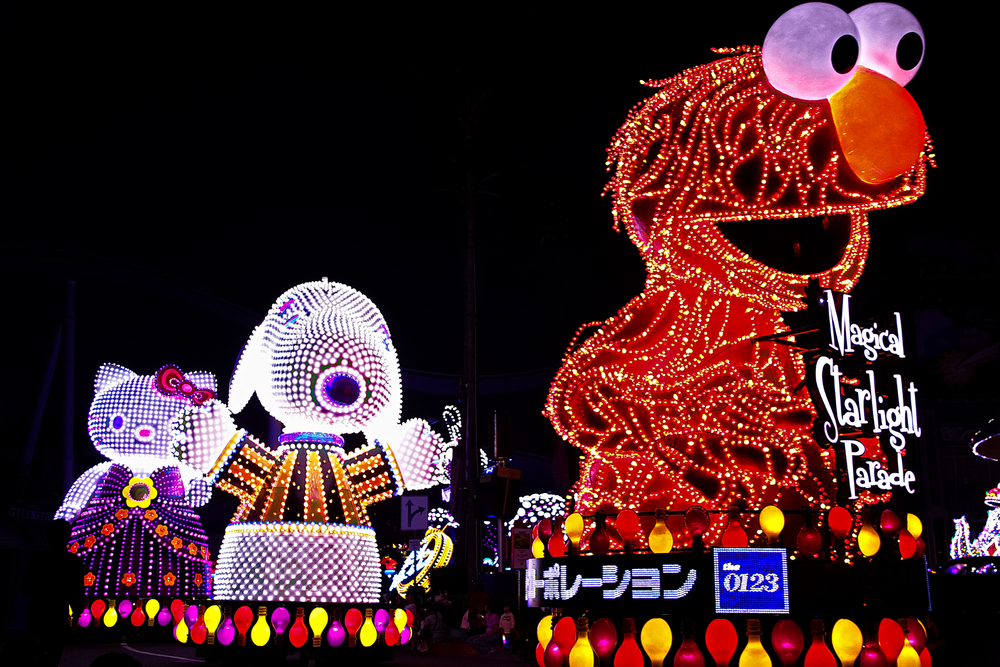
Sophisticated lighting systems alter your perception of time and space throughout the day and night. Dynamic lighting adjusts to the ambient conditions while creating artificial environments that can make indoor spaces feel like outdoor locations at any time.
Advanced LED technology allows subtle color temperature changes that mimic natural light progression, enhancing the illusion of time and place.
Queue Psychology
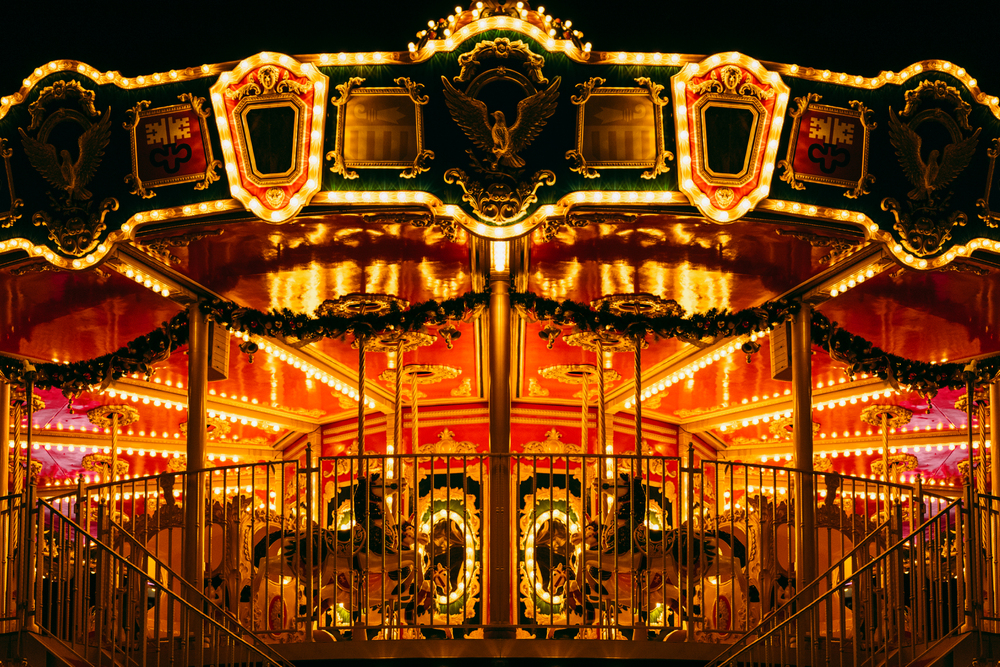
Wait lines are designed using specific psychological principles. Serpentine queues obscure their true length, while themed elements and interactive features distract from wait times and maintain immersion in the story.
Modern queue designs incorporate social media moments and interactive games, transforming waiting time into an integral part of the attraction experience.
Like Travel Pug’s content? Follow us on MSN.
Material Science
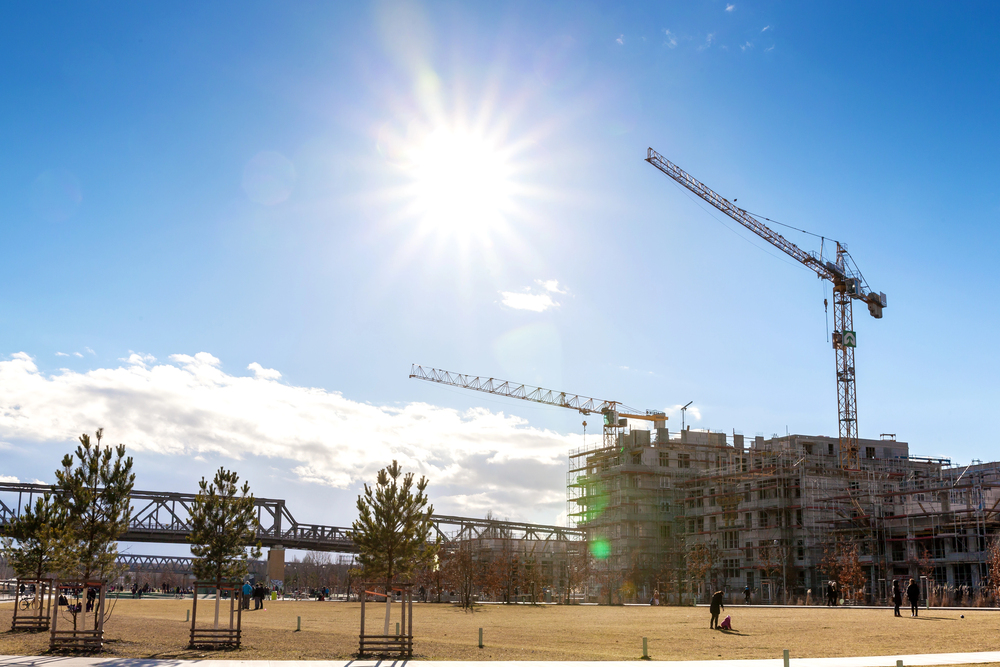
Surface materials are selected not just for their durability but also for their sensory impact. Every texture reinforces the themed environment, from the feel of handrails to the sound of footsteps on different surfaces.
These materials undergo extensive testing to withstand millions of guest interactions while maintaining their intended sensory properties.
Environmental Storytelling
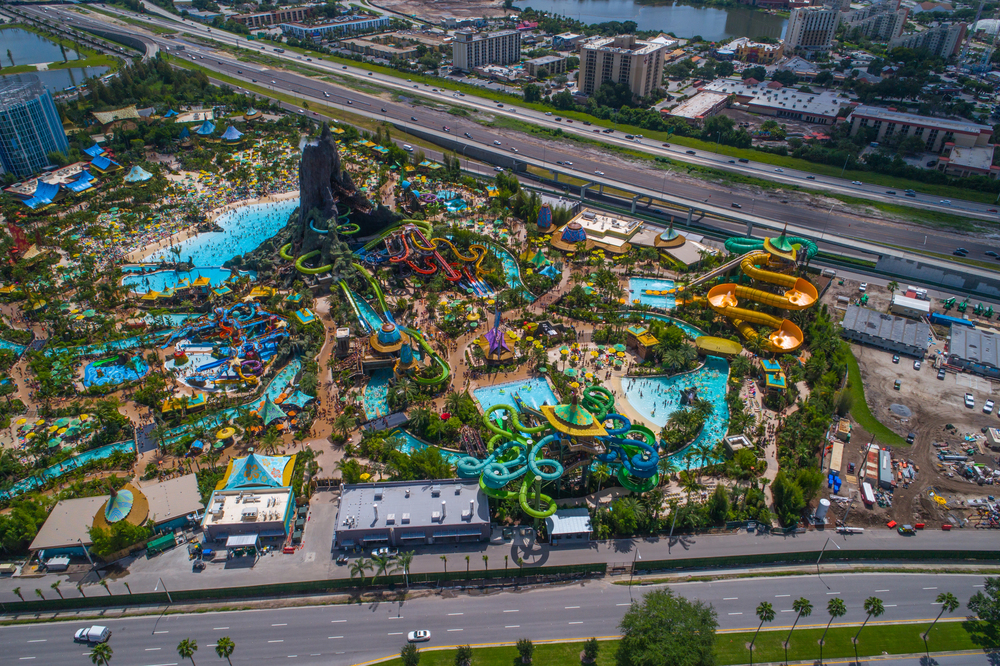
Every visual element tells part of a larger narrative through carefully placed props, architectural details, and weathering effects. These environmental stories create a sense of history and lived-in authenticity that makes fictional worlds feel real.
The aging and weathering processes are carefully controlled to ensure that wear patterns appear natural while preventing the actual deterioration of crucial elements.
Cognitive Mapping
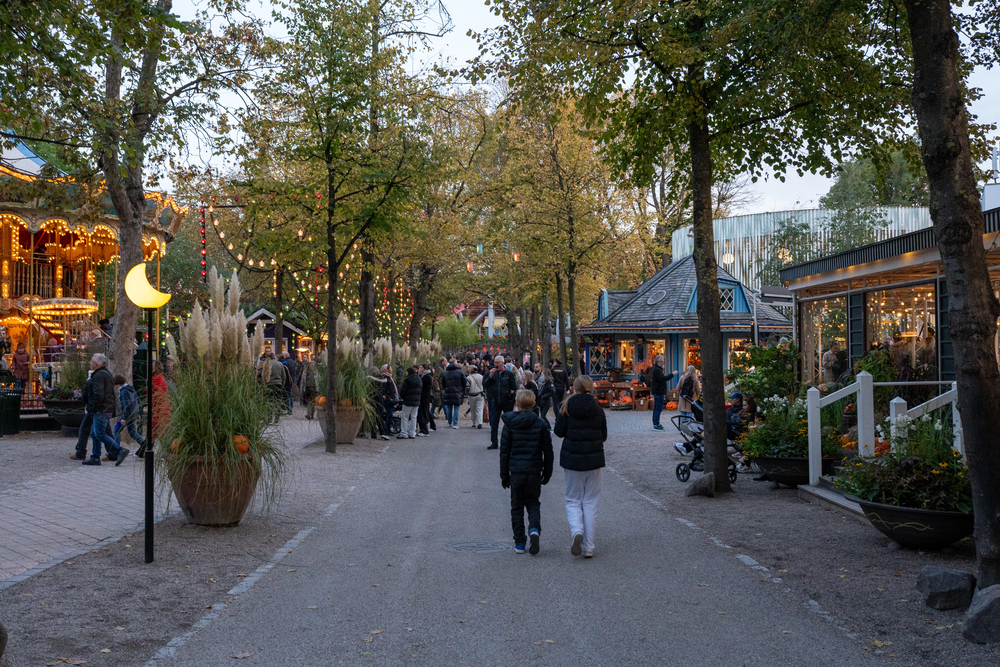
Park layouts are designed to influence how visitors navigate and remember spaces. Landmarks, paths, and districts are arranged to create mental maps that feel adventurous and intuitively navigable.
The design incorporates psychological research on human wayfinding to ensure guests can explore freely while maintaining a sense of orientation.
Like Travel Pug’s content? Follow us on MSN.
Acoustic Engineering
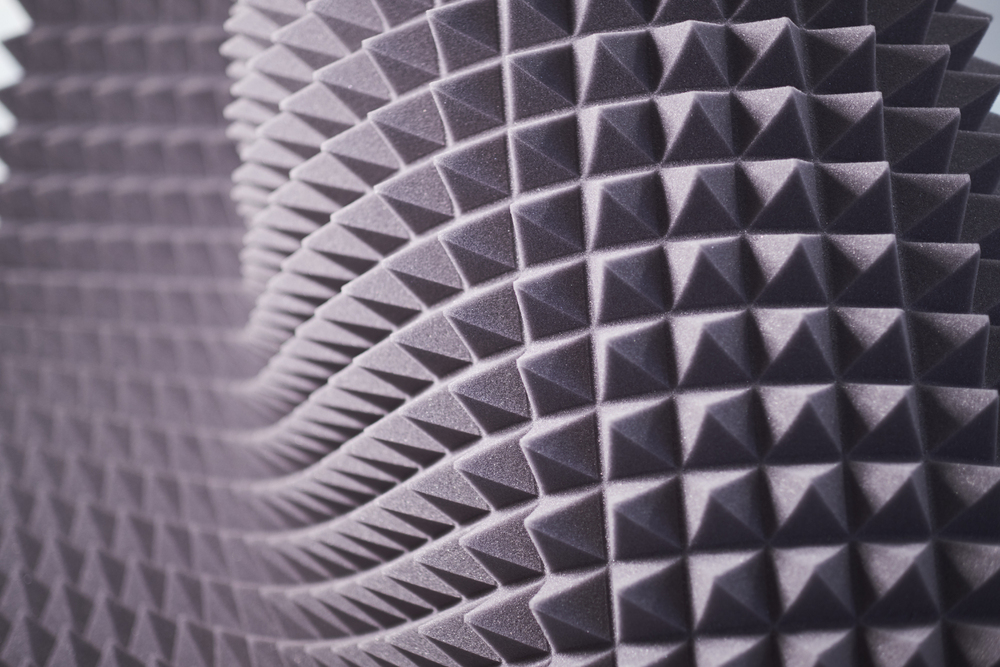
Sound-absorbing materials and architectural features are strategically placed to control noise pollution. These elements ensure that each themed area maintains its distinct acoustic identity without interference from adjacent attractions.
Advanced computer modeling helps designers predict and control sound reflection patterns to create the perfect acoustic environment for each space.
Sensory Synchronization
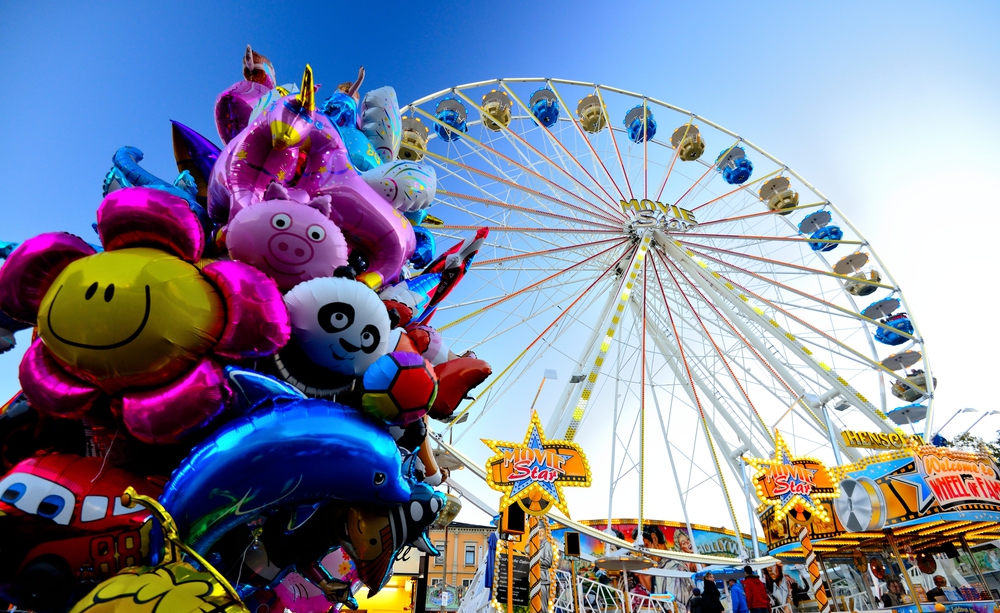
Ride systems coordinate multiple sensory inputs to create convincing illusions of movement and space. Visual, auditory, and physical sensations are precisely timed to trick your brain into believing impossible scenarios.
The latest generation of ride systems can adjust their sensory output in real time based on guest reactions and environmental conditions.
Temporal Distortion
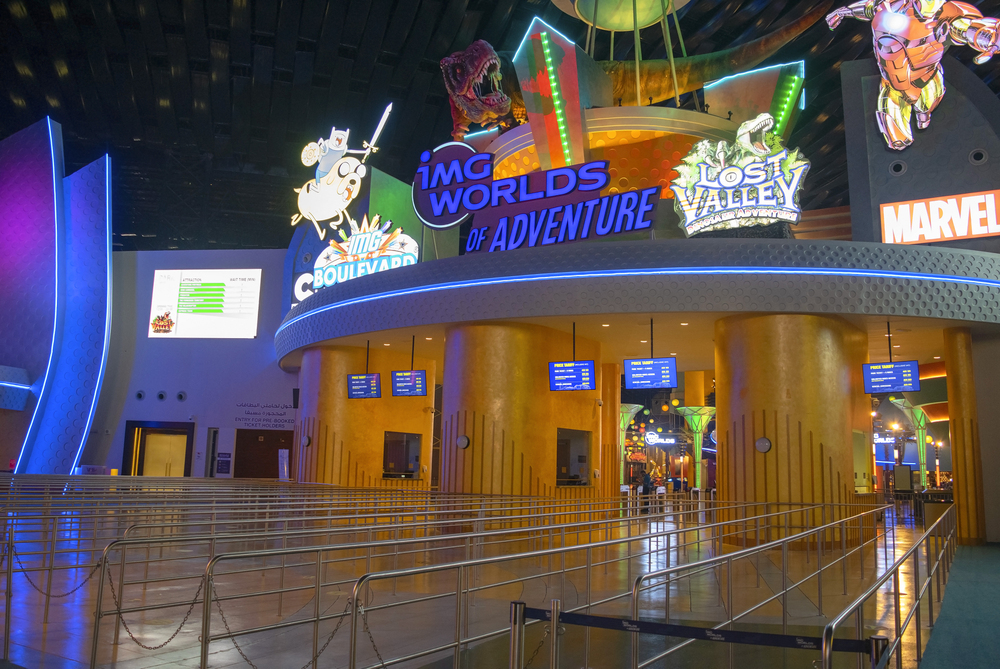
Theme parks manipulate your sense of time through controlled environments that eliminate external cues. Indoor attractions remove natural light and use artificial day/night cycles to create temporal displacement.
This manipulation of perceived time helps guests fully immerse in the experience while losing track of the outside world.
Like Travel Pug’s content? Follow us on MSN.
Reality Anchoring
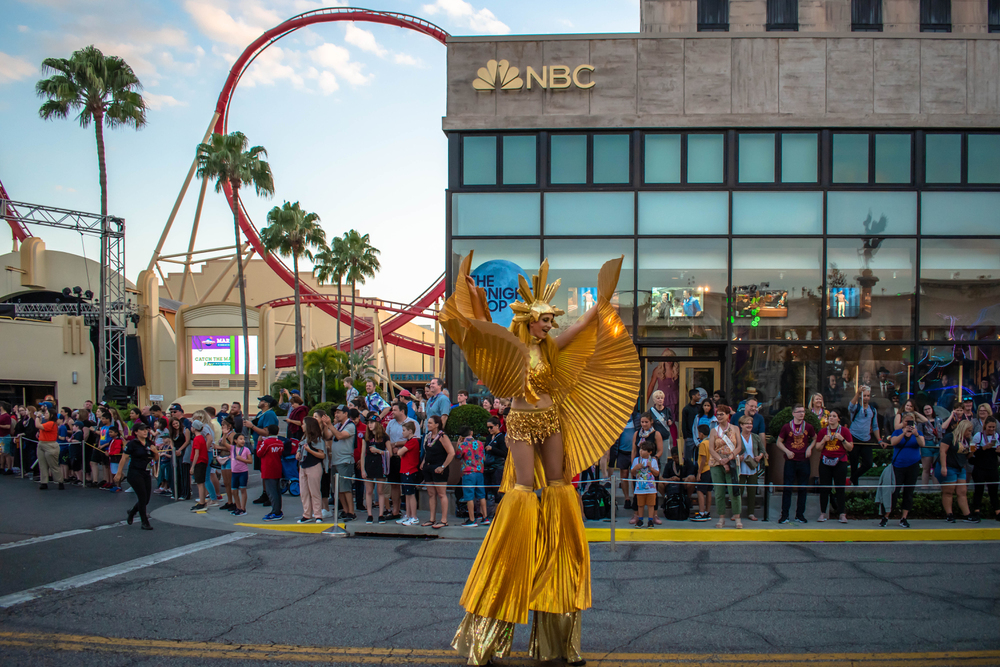
Certain familiar elements are intentionally included to provide psychological comfort in otherwise fantastical environments. These anchoring points help visitors feel secure while suspending disbelief about their surroundings.
The balance between the familiar and the fantastic is carefully maintained to create experiences that feel both magical and accessible.
Digital Integration
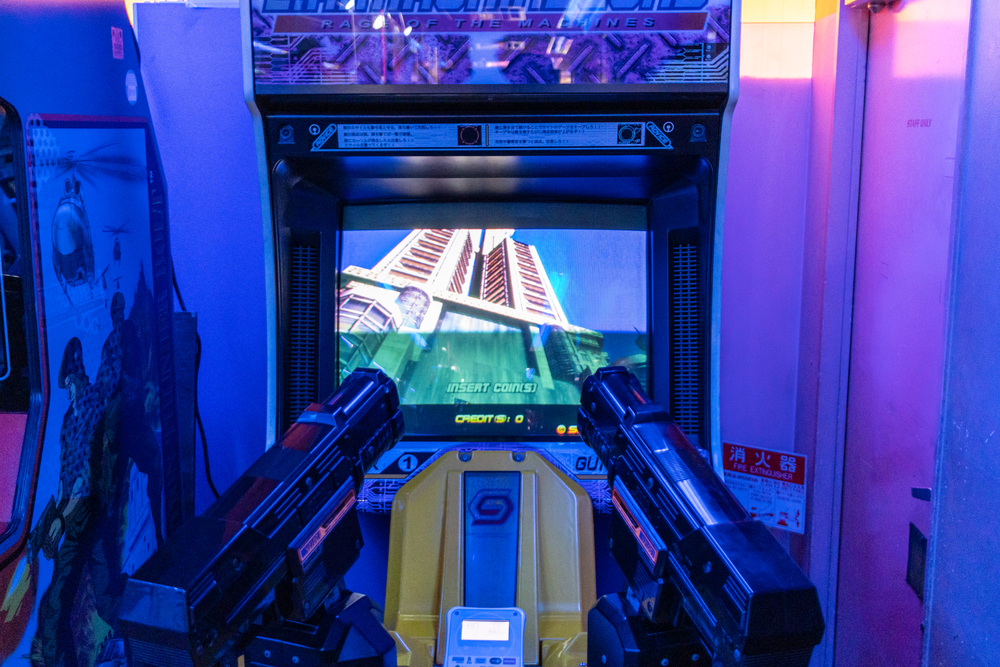
Modern theme parks blend physical and digital elements seamlessly to create enhanced immersive experiences. Interactive elements respond to guest movements and actions through hidden sensors and projection systems that appear to bring static environments to life.
This technology is so well integrated that guests often cannot distinguish where the physical world ends and digital enhancement begins, creating a new level of immersive storytelling that Walt Disney himself could only have dreamed about.
The Power of Imagination

The magic of theme parks ultimately relies on the human brain’s remarkable ability to fill in gaps and create cohesive experiences from carefully crafted sensory inputs. When all these elements work together seamlessly, they create an environment where imagination and reality blend into an unforgettable experience.
The most successful themed environments understand that the guest’s imagination is the final and most crucial in creating magical moments.
Like Travel Pug’s content? Follow us on MSN.
Bringing Dreams to Life
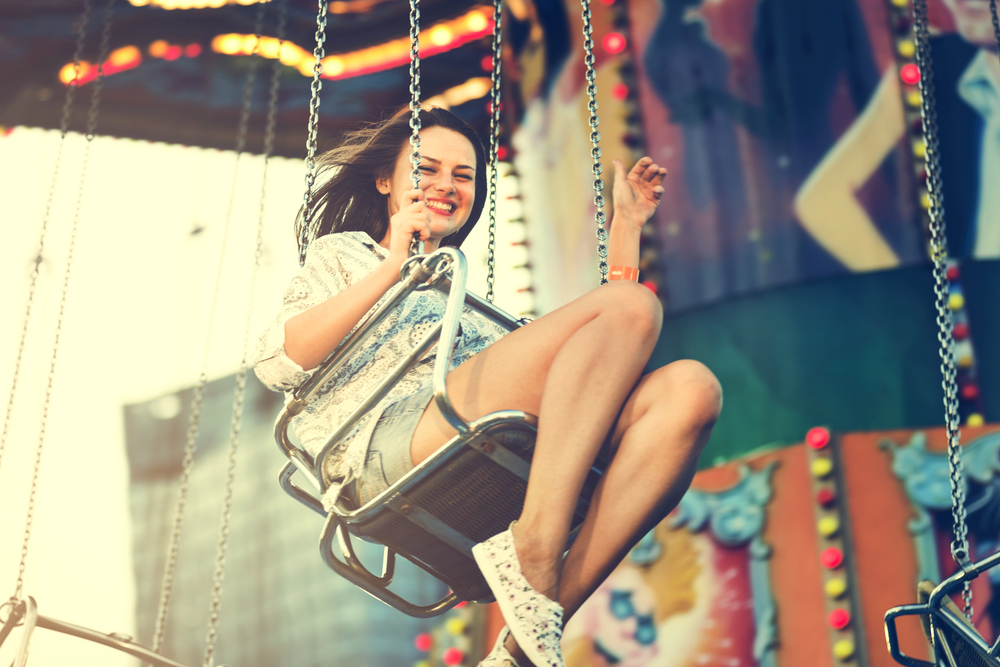
Theme parks represent the pinnacle of environmental storytelling and sensory manipulation, creating spaces where imagination becomes a reality through careful psychological engineering.
By understanding and appreciating these techniques, we can better appreciate the extraordinary effort that goes into creating these magical experiences that continue to captivate visitors of all ages. The true measure of their success lies not in the complexity of their systems but in their ability to make us forget they exist.
More from Travel Pug

- 15 Dangerous European Cities to Avoid
- 15 Caribbean Islands Where Tourists Keep Getting Scammed
- The 20 Most Fascinating Abandoned Places: A Journey Through Time and Forgotten Spaces
- 15 Hidden Places in the Smithsonian Museums Locals Love: A Guide to Lesser-Known Treasures
- 16 Hidden Florida Beach Towns That Aren’t Overrun with Tourists
Like Travel Pug’s content? Follow us on MSN.
